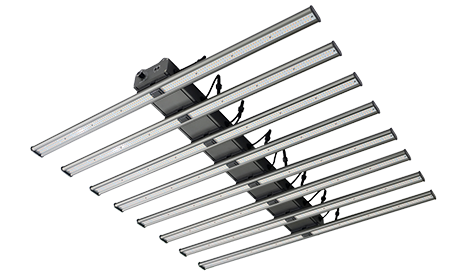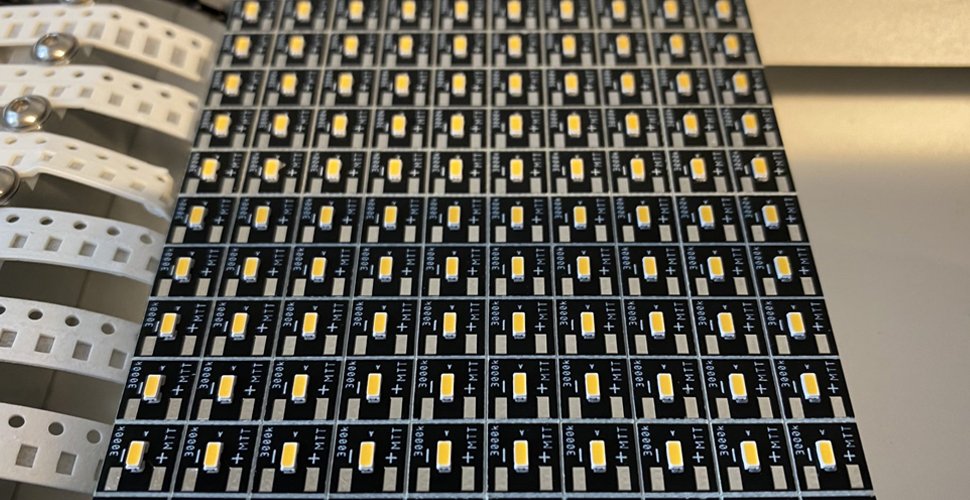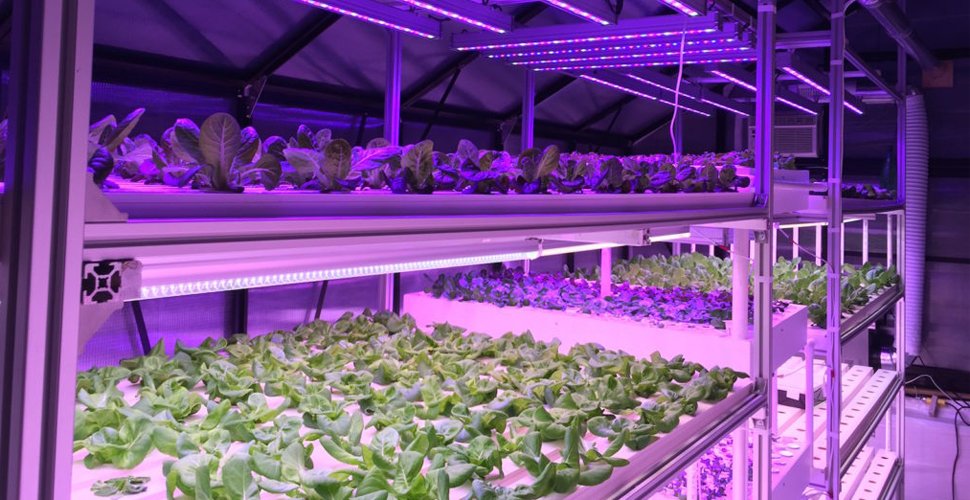あなたは購入前にリサーチするのが好きな人ですか?水耕栽培タワーに注目している場合は、否定的なレビューを目にしたことがあるかもしれません。
家庭菜園家の中には、タワーのデザインが難しく、一度設置した後の分解や掃除が面倒だと不満を漏らす人もいます。また、一般的な問題として藻類やカビ臭についても言及しています。
このような苦情を聞くと、潜在的な栽培者は、水耕栽培の世界は価値があるというよりも問題のほうが多いのではないかと疑問に思うかもしれません。 ただし、この否定的なフィードバックには見落とされている事実が隠されています。それは、定期的な清掃とメンテナンスが非常に重要であるということです。
恐れることはありません 水耕栽培タワーに投資する – 適切なケアを行えば、植物は健全に成長し、信頼できる長持ちするシステムが得られます。
水耕栽培タワーの掃除方法を学び、チャンスに変えましょう!
ステップ 1: 準備と安全性
適切な準備をすることで、清掃作業を計画的に進めることができます。
1. 必要な物品
無毒のクリーナー
植物や養液の品質への影響を最小限に抑えるために、水耕栽培システム専用に設計された洗浄剤を選択してください。
柔らかいブラシまたはブラシ
柔らかい毛のブラシはシステムを傷から守ります。さまざまなサイズのブラシを使用すると、細かい隅まで届きやすくなります。
クリーニングクロス
マイクロファイバークロスは、糸くずを残さずに小さな粒子や残留物を吸収できるため、特に効果的です。
きれいな水
可能であれば、蒸留水または濾過水を使用してください。目的は洗い流すことです。
無毒のクリーナー
タンクから水を抜くときにバケツを使用すると、汚れた水を保管できるので便利です。
無毒のクリーナー
カビや細菌の増殖の兆候がある場合は、植物にとって安全な消毒剤を使用してください。
2. システムの電源を切ります
- ウォーターポンプを止めてください。これにより、洗浄中に水が流れなくなります。
- 照明を消してください。これにより、潜在的な過熱や損傷を防ぐことができます(屋内で栽培している場合)。
- 作業エリアにつまずく危険がないことを確認してください。必要に応じて手袋を着用することをお勧めします。
3. 植物を取り除く
- 植物が健康な場合は、一時的に安全な場所に移動します。
- 新しい植物を植える場合は、古い植物を撤去してください。
- 上から順に成長部分を分離し、根やその他の植物材料を捨てます。
ステップ 2: タワーの水抜き
適切な排水により、タワーのあらゆる部分にアクセスして掃除することができます。さらに、溶液をリフレッシュする機会も提供し、植物にとってより健康的な環境を作り出します。
1. タンクを空にする
排水ポイントを特定します。
ほとんどのシステムには、指定された排水または出口ポイントがあります。そうでない場合は、溶液を吸い出すか手動で除去する必要がある場合があります。
栄養液を安全に排出します。
排水ホースのもう一方の端をバケツまたは別の容器に置きます。ポンプを挿入し、タンクから水を汲み上げます。貯蔵タンクがほぼ空になったら、ポンプのプラグを抜き、残りの溶液を手動で注ぎ出します。水なしでポンプを運転すると、モーターが損傷する可能性があります。
リザーバー内の破片を処理します。
植物の破片やその他の粒子がリザーバーに蓄積している可能性があります。排水プロセス中に、ストレーナーまたはメッシュポケットを使用してこれらの粒子を捕捉します。
2. 藻類やカビの兆候がないか確認します
藻類の成長によりシステムが詰まり、栄養素を求めて植物と競合する可能性があります。貯水池の底や各モジュールの継ぎ目にある藻類やカビは植物に害を及ぼす可能性があり、より大きな問題の兆候である可能性があります。
ステップ 3: こすり洗いしてきれいにする
水を排出したら、徹底的な掃除に進むことができます。
1. タワー本体を軽くこすります。
- 目に見える植物の破片、根、落ち葉をモジュールから手動で取り除きます。
- 柔らかいブラシを使用して、成長モジュールおよびリザーバーから藻類、鉱物堆積物、または有機物をこすり落とします。
- ブラッシング後は、モジュールをきれいな水で十分に洗い流してください。
温かいヒント: 網ポットの角や隙間、内側も掃除が必要です。
たとえば、次のような塔では、 オーググロー HT06、水は必然的に網ポットに流れます。そのため、この箇所には黄ばみや水垢の跡が避けられません。歯ブラシサイズのブラシを使用すると、これらの隙間をより効果的に掃除できます。
2. パイプとポンプの点検と清掃
- パイプに詰まりや藻類の発生の兆候がないかどうかを検査してください。パイプブラシを使用してパイプの内側を優しくこすり、障害物を取り除きます。
- 成長期の終わりまでに、ウォーターポンプが腐った根や他の植物の破片で詰まる可能性があります。時間が経つと、植物に病気が発生し、悪臭の原因となる可能性があります。
- ウォーターポンプの分解掃除は必須です。
ステップ 4: 消毒する (必要な場合)
洗浄とこすり洗いにより、水耕栽培タワー上の目に見える汚れや残留物を除去できますが、消毒により、肉眼では見えない有害な微生物を確実に除去できます。
1. 消毒剤を選択する
- 過酸化水素は水耕栽培によく使用されます。殺菌効果があり、水を酸素化することができます。
- 正しい濃度 (通常は約 3% の溶液) を使用していることを確認し、取り扱い中は常に手袋を着用してください。
- 推奨用量を水に加え、システム全体にしばらく循環させます。 H2O2 は特定の条件下で急速に酸素を放出する可能性があるため、適切な換気を確保してください。
2.すすぐ
たとえ植物に対して安全な消毒剤であっても、使用後は必ずきれいな水でよく洗い流してください。
ステップ 5: 補充して再起動する
このステップは単にシステムに水を与えるだけではなく、植物の成長に優しい環境を再構築することを目的としています。
1. 新鮮な栄養液を補充してください
- レタスの栽培からトマトの栽培に移行する場合は、新しい植物の特定のニーズを満たすように養液を選択または調整する必要があります。
- 以前の植物が健康で、同じ種類を継続する場合は、以前と同じ栄養混合物を補充するだけです。
- pH メーターと EC (電気伝導率) メーターを使用して、溶液が植物に適した推奨範囲内にあることを確認します。
2. システムを補充する
- 養液をゆっくりと注ぎ、飛び散ったり、こぼれたりしないように注意してください。システムコンポーネントへの外乱や潜在的な損傷を最小限に抑えます。
- ほとんどの水耕システムには、最適な水位を示すマーカーまたはゲージが付いています。貯水池の水位が低すぎたり高すぎたりしないようにしてください。
3. 植物を再導入する
植物、特に根はデリケートです。システムのタイプに応じて、慎重にそれぞれの位置に戻します。
4. システムを再起動します
- まずウォーターポンプをオンにし、水の循環がスムーズで妨げられていないことを確認します。そして、ライトやその他のシステムコンポーネントをオンにします。
- 最初の数時間、場合によっては数日にわたって、しおれや変色などのストレスの兆候がないか植物を観察し、すぐに対処します。
ジェイズ
AUXGROW のデジタル マーケティング マネージャーとして、Jayes は水耕栽培システムに対する情熱と LED 栽培ライトの専門知識を兼ね備えています。実践的な経験と深い理解を持つジェイズは、持続可能な栽培の世界を案内します。






